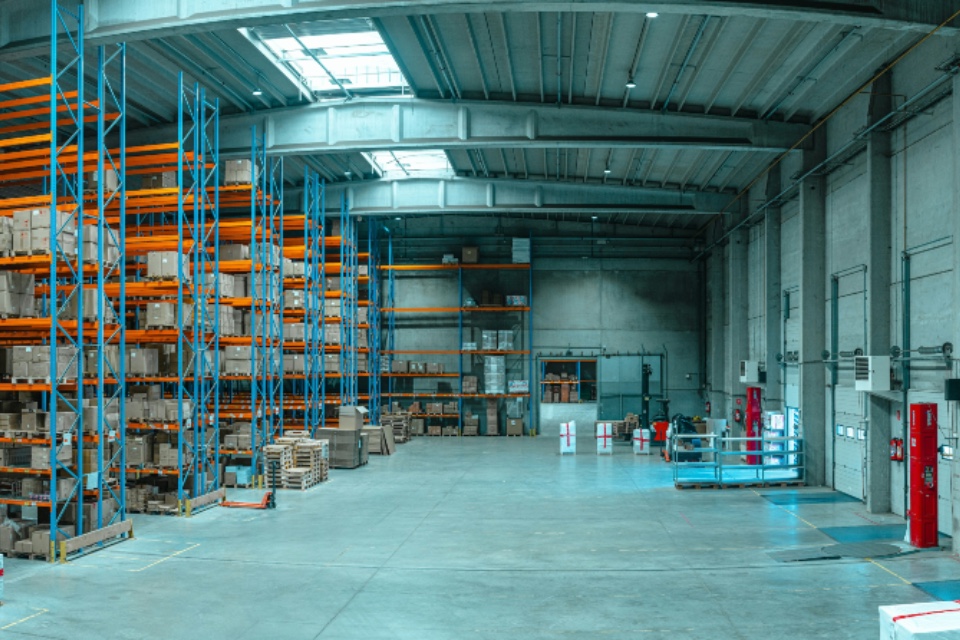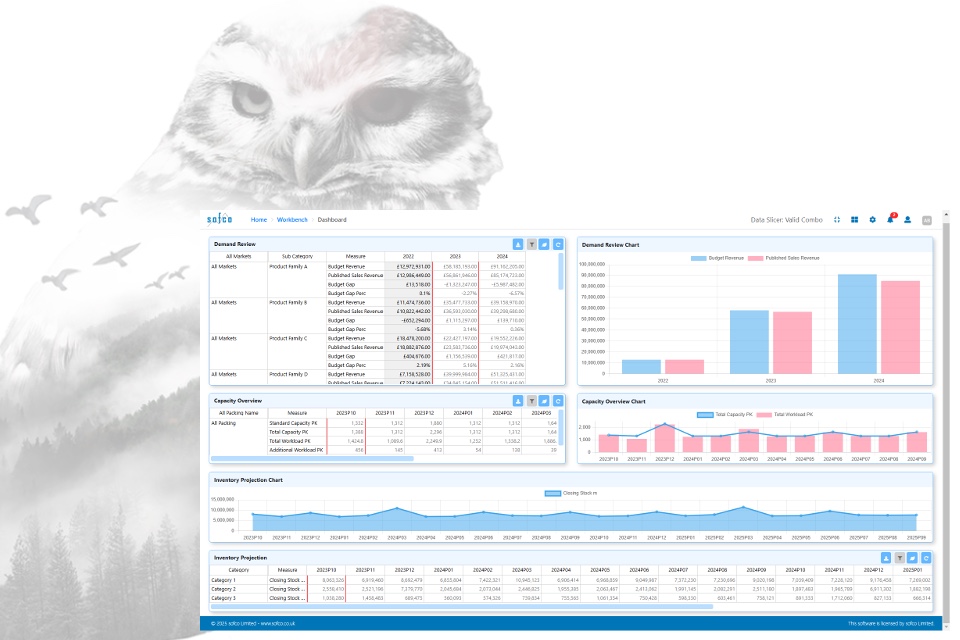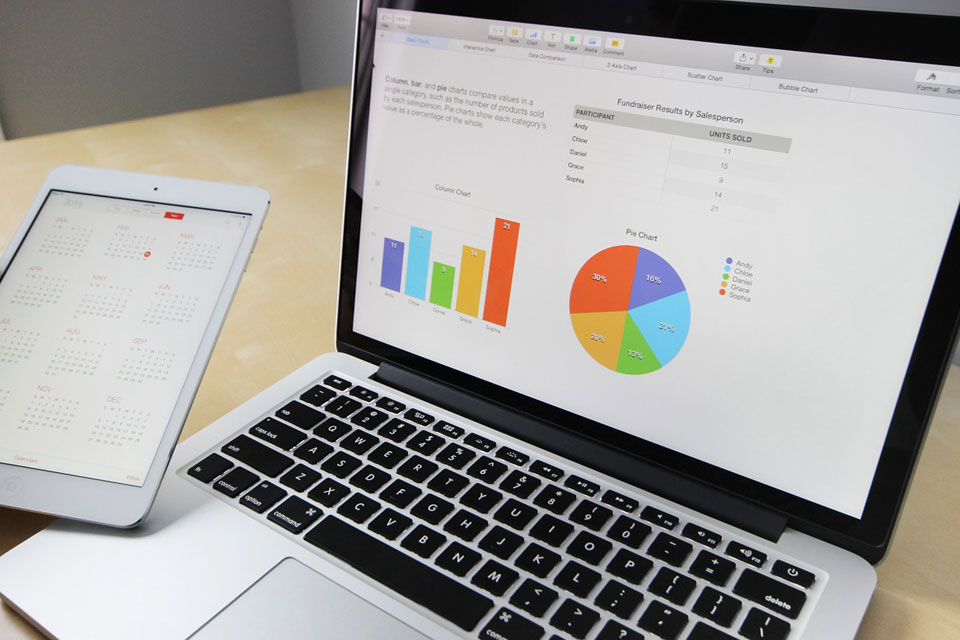Accurate forecasting is the lifeblood of a successful supply chain. Predicting demand, inventory levels, and potential disruptions has always been crucial, but recent years have seen a surge in sophisticated forecasting techniques and related services. This article explores how supply chain managers are utilising these advancements and how forecasting approaches are likely to evolve in the future…
From Gut Feeling to Data-Driven Decisions:
Traditionally, demand forecasting relied heavily on historical data and intuition. However, today’s supply chain managers are embracing a data-driven approach:
- Advanced Analytics: Techniques like machine learning and artificial intelligence (AI) analyze vast datasets, uncovering hidden patterns and predicting future trends with greater accuracy.
- Real-Time Data Integration: Integrating data from sales, marketing, and customer relationship management (CRM) systems provides real-time insights into customer behaviour and purchasing patterns.
- External Data Integration: Incorporating external data sources like weather forecasts, economic indicators, and social media trends allows for a more holistic view of potential demand fluctuations.
Beyond Demand: Forecasting a Broader Spectrum
Forecasting is no longer limited to just demand. UK supply chain managers are now utilizing it for:
- Inventory Management: Predicting optimal inventory levels to avoid stockouts and minimize storage costs.
- Lead Time Forecasting: Accurately predicting lead times for raw materials and finished goods helps ensure smooth production and on-time deliveries.
- Disruption Management: Anticipating potential disruptions like port congestion or labour disputes allows for proactive mitigation strategies and contingency plans.
The Future of Forecasting: Collaborative and Intelligent
The future of forecasting in UK supply chains is likely to involve:
- Collaborative Forecasting: Closer collaboration with suppliers and retailers allows for more accurate demand forecasts and synchronized inventory management across the entire supply chain network.
- The Rise of Explainable AI: As AI plays a bigger role, ensuring transparency and understanding the rationale behind forecasts will be crucial for building trust within the supply chain ecosystem.
- Real-Time Scenario Planning: Advanced analytics will enable real-time scenario planning, allowing supply chains to adapt dynamically to unforeseen circumstances.
Investing in the Right Tools and Expertise
Embracing sophisticated forecasting requires investment in:
- Technology: Implementing the necessary software and hardware infrastructure to collect, analyze, and utilize forecast data.
- Talent: Recruiting data scientists and analysts who can understand and interpret complex forecasting models.
- Training: Equipping supply chain managers with the skills to integrate forecasting data into their decision-making processes.
Accurate forecasting is no longer a luxury – it’s a necessity. By adopting advanced techniques and related services, UK supply chain managers can navigate the complexities of the global marketplace, optimise operations, and ensure a more resilient and responsive supply chain for the future.
Are you searching for Supply Chain Forecasting Tools for your organisation? The Total Supply Chain Summit can help!
Photo by Nicole Avagliano on Unsplash







